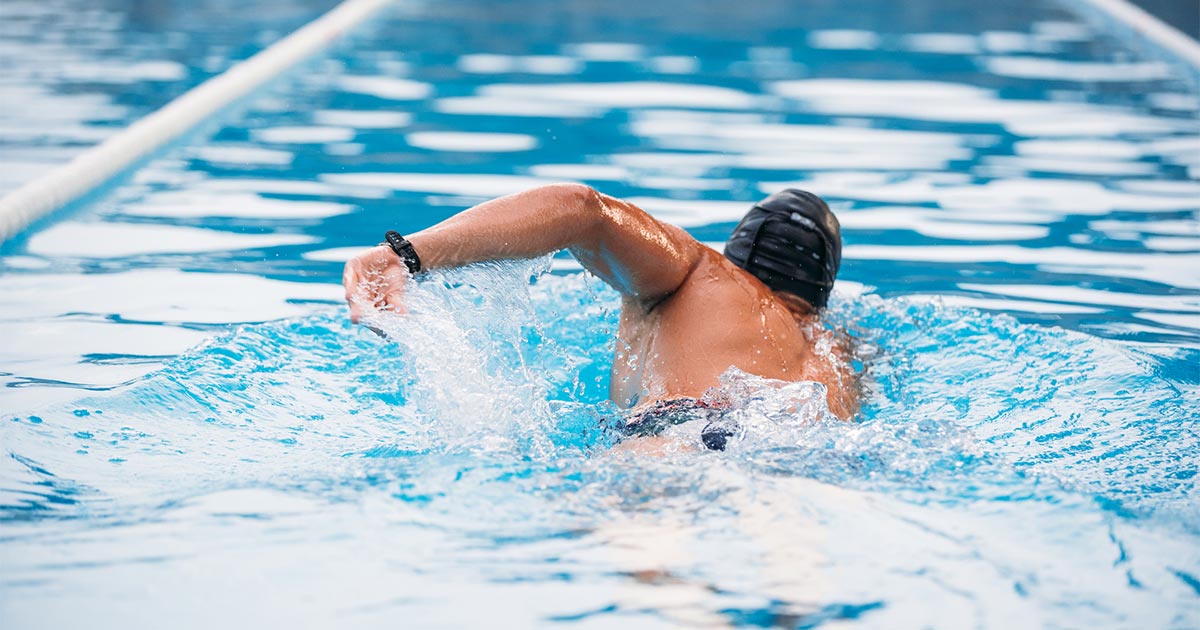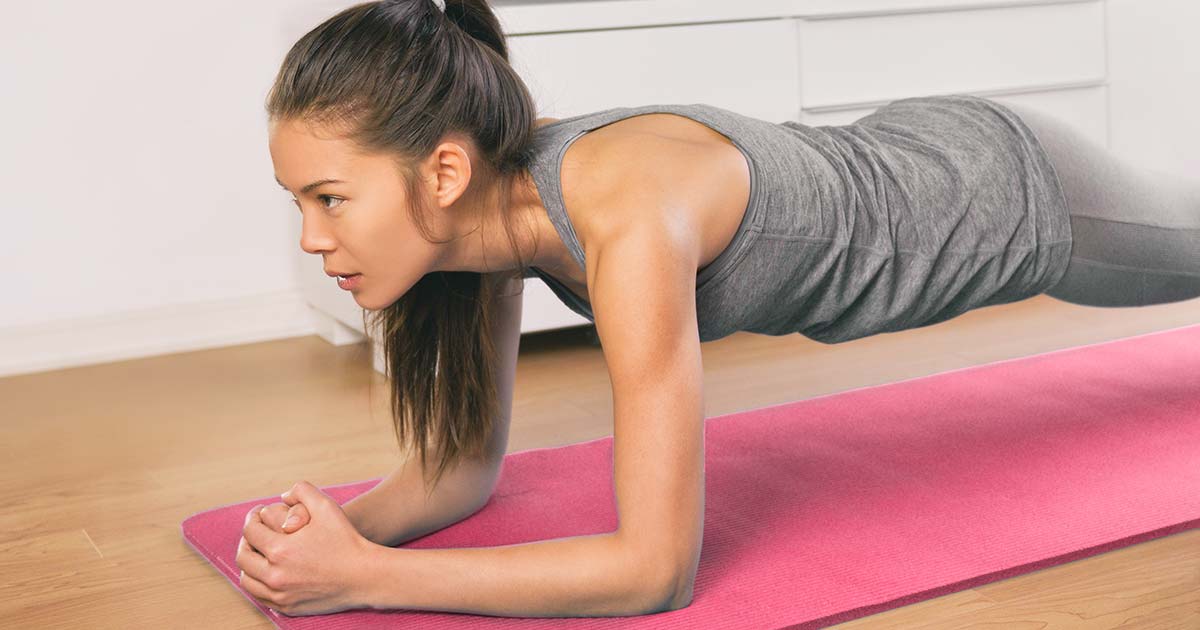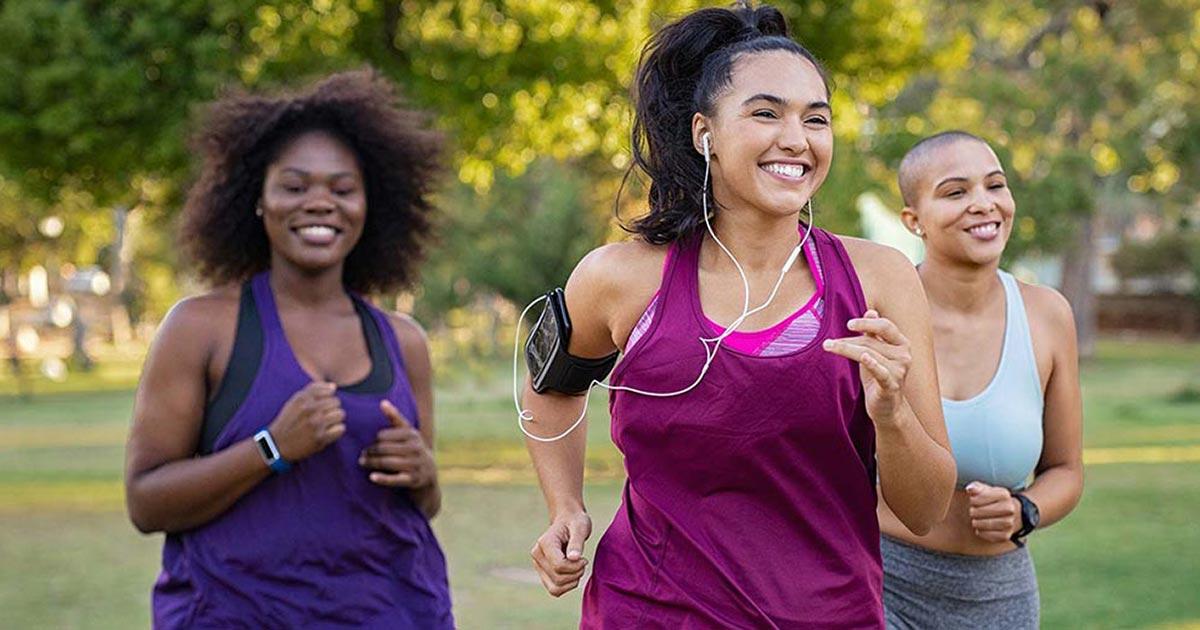Want to Try Surfing? Here’s What to Know Before You Start
Advice to improve your movement, fitness, and overall health from the world's #1 in orthopedics.
Surfing is experiencing a surge in popularity as more people pursue outdoor activities. And its recent addition to elite competitions has further buoyed people’s interest. As with any sport, though, staying as safe as possible requires more than a surface-level knowledge.

Harry “Tate” Greditzer, MD, a radiologist at HSS, and Peter Fabricant, MD, MPH, a pediatric and adolescent sports medicine orthopedic surgeon at HSS, know this firsthand. Both are surfers (Dr. Greditzer since he was 18 years old) and co-authors of a recent study on injuries among recreational surfers. Their research looked at 109 people who had an MRI after visiting HSS for a surfing injury during a 9-year period.
“We were surprised to find that more than 80% of the patients didn’t need surgery,” says Dr. Greditzer. “But many of the injuries were certainly enough to need physical therapy or time off of sports.”
The shoulder (46%) and knee (28%) were most often affected, and dislocated shoulders and medial collateral ligament (MCL) tears were the top two injuries. People also experienced fractures—typically at the foot and ankle. If you’ve watched surfing or tried it yourself, you may already have some idea of the likely causes. “Knee injuries can happen on the board when one foot is planted and the leg is jerked in the wrong direction, frequently by unpredictable waves,” says Dr. Fabricant. “Shoulder injuries and ankle fractures are more likely caused by a fall.”
Though the study authors say surfing seems relatively safe compared to other “extreme” sports, even issues that don’t require surgery can take two or three months to rehab. To avoid mishaps—big or small—Drs. Fabricant and Greditzer offer these beginner tips.
Start out in the gym
“Surfing is such a unique and demanding sport,” says Dr. Fabricant. It requires flexibility, aerobic fitness and a strong upper body, lower body and core. If your total-body fitness isn’t up to the task, you’ll be more prone to injury and less likely to have fun. A certified personal trainer can help you develop a workout program to get you in shape for surfing. (Also address any pre-existing conditions or injuries, and get your doctor’s thumbs-up before trying any new sport.)
Test the waters
Water sports pose a unique risk to athletes, recreational and otherwise: drowning. That’s why the first step in your surfing training should be to test your swimming skills. “Make sure you’re able to swim into the waves because it’s different from swimming in a pool. Even small waves can be really rough,” says Dr. Greditzer. “Then move up to bodysurfing.”
If you’re comfortable with that—and with holding your breath when you get knocked over by a wave—you’re ready for the next step: surfing lessons.
Learn from the pros
Surf lessons and camps are available for all ages and can often be booked for groups or special events like school reunions, employee outings and family retreats. You may want to look for surf instructors and schools that are accredited by the International Surfing Association or the National Surf Schools and Instructors Association (NSSIA International). Also check to make sure they are bonded and insured, which protects you physically and financially.
If you’re being taught by an experienced friend instead, be sure you start in waist-deep water and use a foam board, which is more buoyant and lightweight. A fiberglass board can hit you hard enough to hurt, says Dr. Greditzer, who adds that longer, thicker boards are also best for beginners.
Use your head—and protect it
“Always wear a surfing helmet,” says Dr. Greditzer. Though this sport is lagging behind skiing and cycling in terms of head protection, helmets are even more important in the water, where losing consciousness can lead to drowning.
Also use the buddy system whenever you go surfing (or swimming). For bonus points, get certified together in American Red Cross trainings such as lifeguarding, swimming and water safety, first aid and CPR/AED. (Some trainings are now available online.)
Stop when you’re wiped out
Pushing past their limits is often when athletes run into problems. “If you’re getting tired, that would be a reason to stop because it puts you at a greater risk for injury,” says Dr. Fabricant. He suggests taking frequent breaks and paying attention to your form. If you’re starting to look sloppy or feel off-kilter, it’s a sign your body has had enough. “It’s always the last run of the day when people get hurt,” he adds.
Be patient with your progress
“For people like me, who’ve only been surfing a handful of times, take it really slow out there,” says Dr. Fabricant. Some days are not great surfing days—or they’re not great for beginners. Make sure you’re comfortable with the ocean conditions before you surf, and if you’re not, sit it out and be the “safety buddy” on the beach. “As long as you’re moving along in a progressive way, you’ll get more experienced,” he adds.
When to see a doctor
As mentioned, it’s best to get physically fit before you surf, which means you likely know the difference between an injury and post-exercise soreness. Still, Dr. Fabricant offers these examples of when to see a doctor:
- For unilateral (one-sided) pain—for example, if one shoulder or knee hurts more than the other
- For joint mobility problems or mechanical symptoms, such as swelling, locking, full or partial dislocation or reduced range of motion
- After an event (like a fall) that made you have to sit out or stop the activity for the day
Also be aware of symptoms of overuse injuries, which can develop over time, such as rotator cuff tendonitis. This inflammation of the shoulder joint can happen after too much swimming or surfboard-paddling.
For any of these issues, it’s important to seek medical care promptly. The sooner you get on board with a treatment plan, the shorter your recovery may be—and the sooner you can hang ten once again.
Published 7/30/2021





